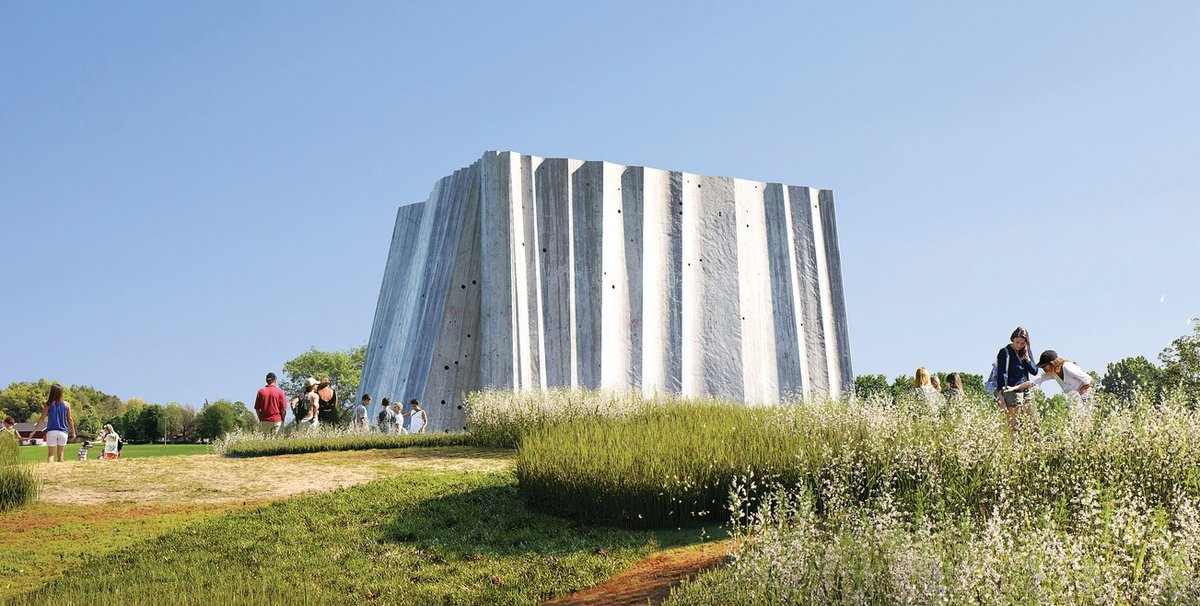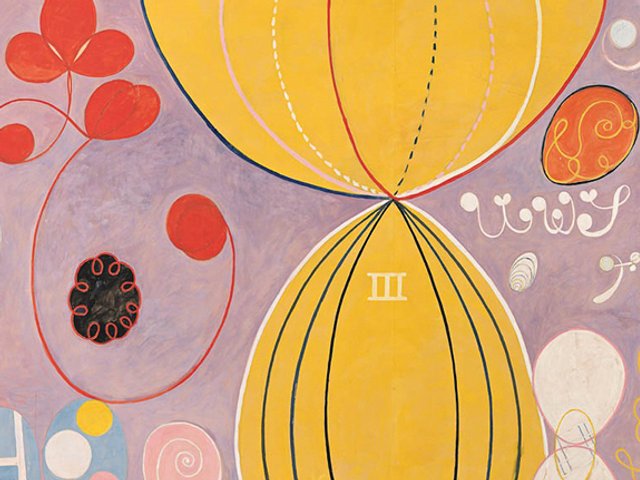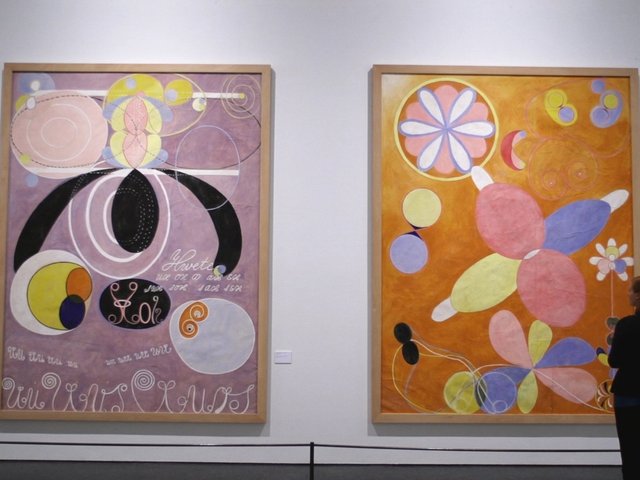Plans to establish an exhibition centre dedicated to the Swedish painter and mystic Hilma af Klint (1862-1944) are on hold because of a dispute between the artist’s descendants and the project’s organisers. The institution, in Järna, south of Stockholm, has estimated building costs of between €6m and €7.5m and would house dozens of works by the long-overlooked artist. The Norwegian architectural firm Snøhetta has delivered a rendering of the façade, but the project is now at a standstill.
The artist’s geometric compositions predated those of Kandinsky, Mondrian and Malevich. Although her paintings were not seen publicly until 1986, she is now considered a pioneer of Abstraction. She was heavily influenced by Rudolf Steiner, the founder of anthroposophy.
A group of anthroposophists have been planning to build the exhibition centre near their headquarters in Södertälje, the municipality that includes Järna. But the artist’s family says the group is distorting her connection to the movement, and fears that her works might be sold to help finance the project.
“Their behaviour made it impossible to co-operate and therefore no works shall go on loan to that exhibition hall,” Johan af Klint, the artist’s grand-nephew, says. His father donated thousands of drawings and paintings to a foundation bearing the artist’s name in the 1970s.
Ulf Wagner, a member of the foundation’s board who is also linked to the Swedish anthroposophical society, says there are no plans to sell the artist’s paintings. “The foundation is not allowed to sell works to finance such a venue, but only to preserve works,” he says.
Convinced the world was not ready for her art, the painter demanded it stay hidden until 20 years after her death. Her work began to be exhibited in the 1980s. She gained a wider audience after a solo show at Stockholm’s Moderna Museet in 2013.





